Budget Acoustic Treatment: Improving Your Home Studio
Learn about different ways to optimize your room acoustics.
With budget acoustic treatment techniques, you can transform your home studio into a more professional environment for recording and mixing.
In this Article:
If you’re new to the idea of treating your studio, this is the perfect opportunity to learn about some of the fundamental aspects of acoustic treatment.
Budget Acoustic Treatment
From room modes to absorption coefficients, there are some technical areas to consider. So, get your thinking cap on, and let’s look at some different acoustic treatment options.
Budget Acoustic Treatment: Bass Traps
Bass traps are available in many shapes and sizes, with two main types that are most commonly found on the market. Firstly, porous absorbers are broadband absorbers that work over a wide frequency range and are constructed using a range of materials including open-cell foam, mineral wool, or fiberglass.
It’s important to note that while they are often sold as bass traps, broadband absorbers have to be of a certain thickness (10 cm or more) to have any real effect on low frequencies. Also, when positioning bass traps adjacent to a wall surface, using a minimum air gap of 3-4 cm will greatly increase their efficacy.
The other type of bass traps you’ll find are called resonant absorbers, which are designed to deal with specific frequencies. Within this category, there are two types: Helmholtz resonators and panel/membrane absorbers. Although the two differ in design, both resonate at specific frequency ranges in order to reduce sound energy in the room.

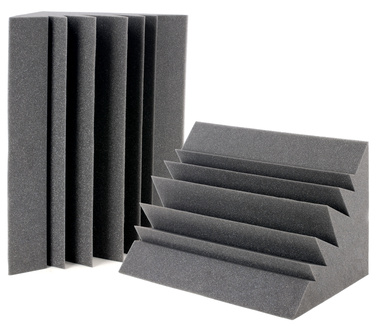
Budget Acoustic Treatment: Broadband Acoustic Absorbers
As we mentioned with bass traps, broadband acoustic absorbers are available in porous and resonant types. While the internal structure of an absorber can be selected for dealing with low or mid-range frequencies, the surface can be designed with reflective materials for reducing high-frequency reflections in a room.
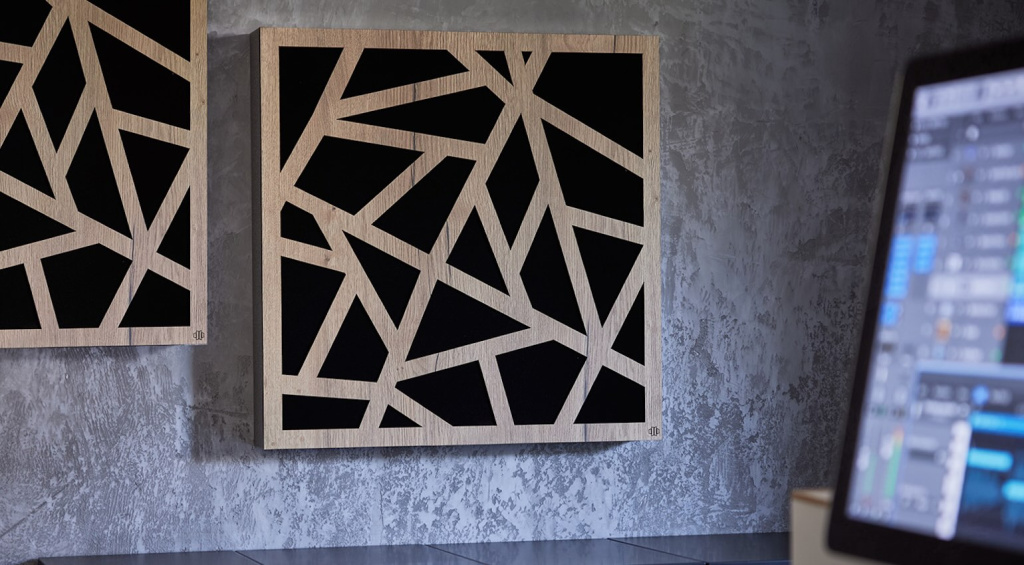
There is a wide range of broadband absorbers available such as wall and ceiling mount variants. In addition, in the upper end of the market, you can also find active absorption traps that use microphone and wave generation systems to analyze the frequencies present and target specific problem areas.
While budget absorbers are usually panels you can self-install, the most effective absorber of all is in fact, air. This makes large tube absorbers one of the most effective designs of all, as they cover all the way from the floor to the ceiling of a room with absorbent material construction and a large volume of free air in the center.

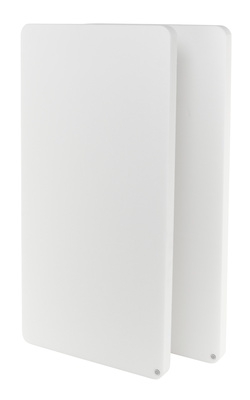
Budget Acoustic Treatment: Diffusors
As opposed to absorbers that turn sound into heat energy, acoustic diffusion works by splitting and dispersing sound waves by reflecting them in different directions simultaneously. Unlike absorbers, the aim of diffusors isn’t to reduce sound energy in a room. Instead, they are used to improve and enhance the ambience in recording and mixing environments.
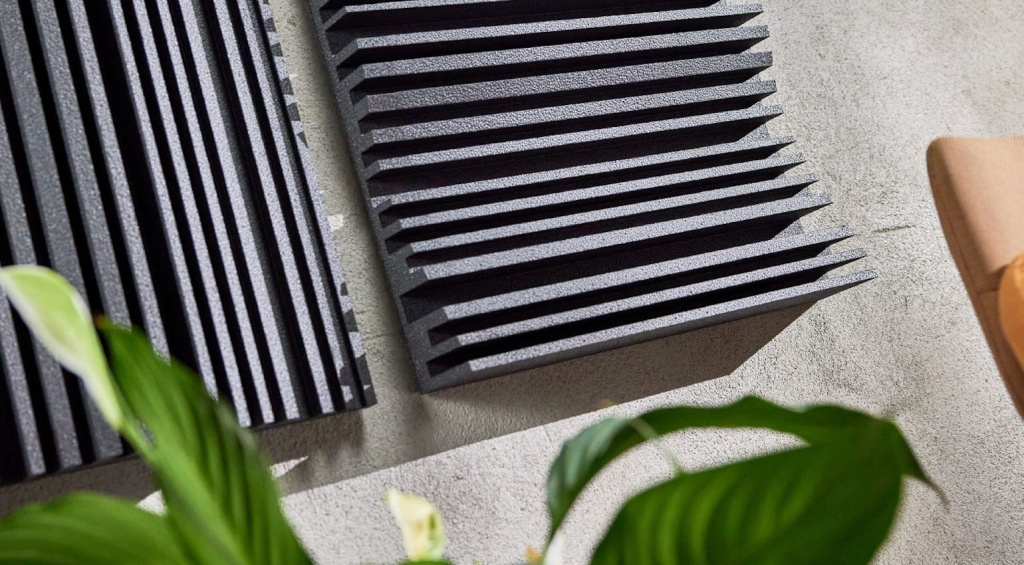
There are three commonly found diffusor types: quadratic residue diffusors, binary amplitude diffusors, and skyline diffusors. While quadratic residue diffusors use mathematically designed wells to scatter a wide frequency range, skyline diffusors use a varying series of cubes to scatter sound waves omnidirectional.
Meanwhile, binary amplitude diffusors combine reflection and absorption with different specially designed materials. Overall, diffusion is a powerful acoustic treatment method for giving a room a more natural sound. What’s more, you can use diffusors alongside absorbers to precisely customize your room for a specific application.

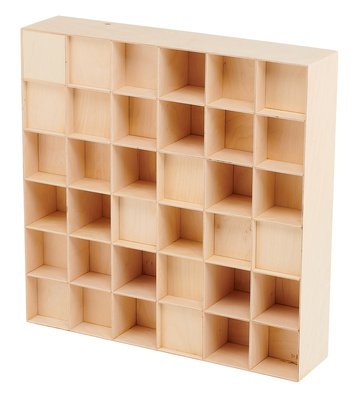
Budget Acoustic Treatment: Acoustic Treatment Kits
Acoustic treatment kits give you a pre-packaged set of absorbers and diffusors designed for a room of a certain size and application. By combining bass traps as well as wall and ceiling absorbers of different sizes, manufacturers provide complete solutions ranging in sophistication and, of course, price.
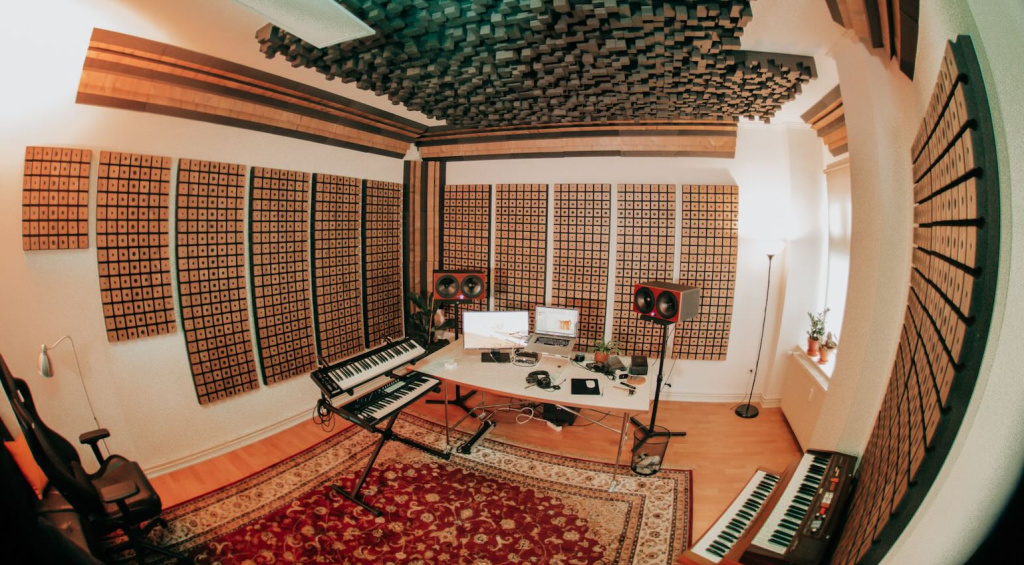
You can find options for optimizing an office space for better speech intelligibility for conference calls or podcasts, as well as complete solutions designed for converting your spare bedroom into a more suitable environment for recording, music production, and mixing.
Overall, acoustic treatment kits can get expensive, but in many cases, they are still more affordable than buying the parts individually. If you want a convenient solution that will optimize your space, this is a nice option, provided you’ve done the research into the best kits for your application and the right installation techniques.

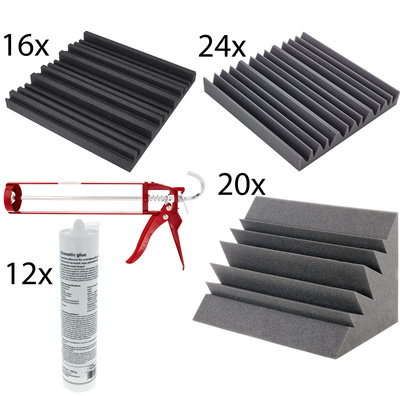
Budget Acoustic Treatment: DIY Treatment
Before you run off to the hardware store, there are a few things you can do to help your home studio space without spending anything. If you need to deaden your room, using thick curtains for the windows and a carpet for the floor can do wonders for reducing reflections in your space.
In addition, draping a blanket over any cupboards in the room will absorb sound reflecting off their surfaces. Building your own acoustic treatment solutions can save you money, but don’t forget to factor in the time it takes to research and build effective absorbers and diffusors, especially if you’re new to the manufacturing process.
Although building your own acoustic panels has become somewhat of an institution among home recording enthusiasts, there is no evidence that it produces better results than commercially available solutions, and it certainly does not save you time. No matter which route you take, be sure to conduct thorough research in the context of the room you’re aiming to treat and your application, be it music production, recording, or mixing.
More about Budget Acoustic Treatment:
- All about Acoustics
- Thomann’s Guide to Studio Acoustics
*Note: This article contains affiliate links that help us fund our site. Don’t worry: the price for you always stays the same! If you buy something through these links, we will receive a small commission. Thank you for your support!
One response to “Budget Acoustic Treatment: Improving Your Home Studio”

 3,4 / 5,0 |
3,4 / 5,0 | 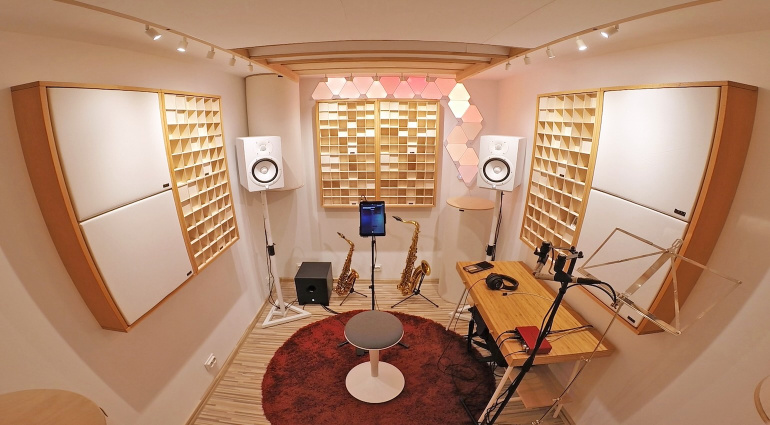
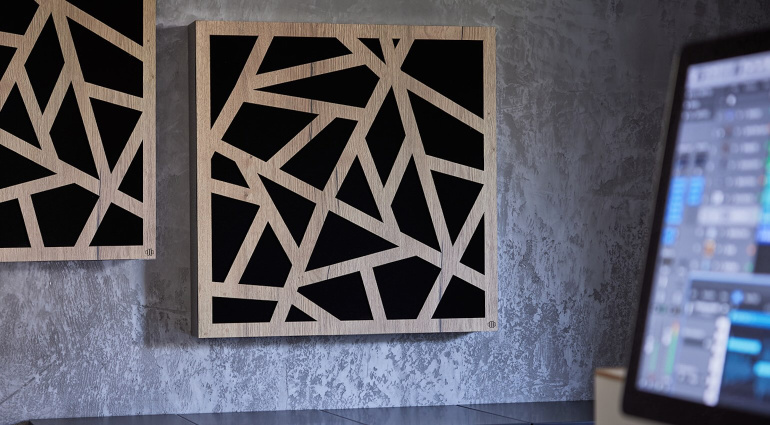
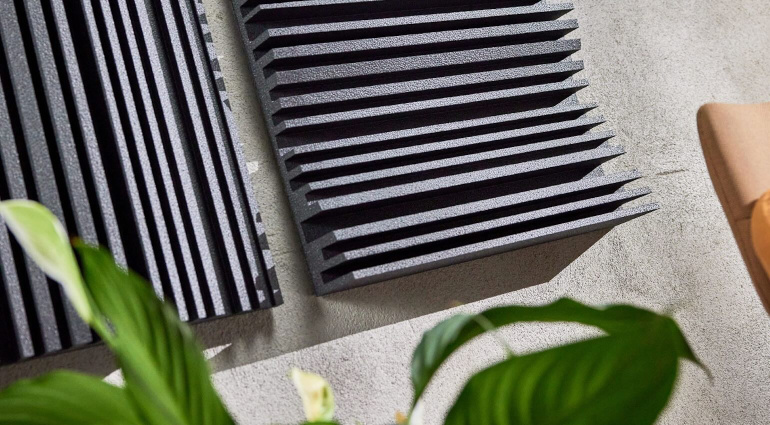




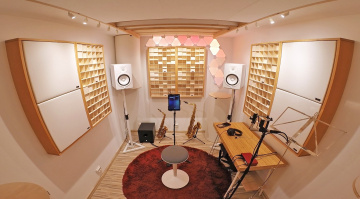

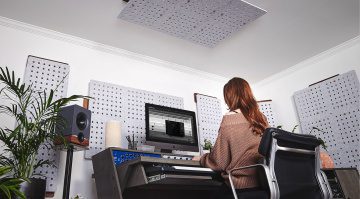
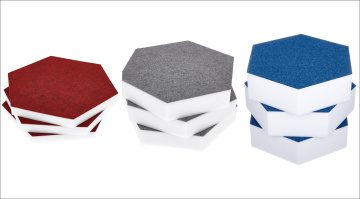
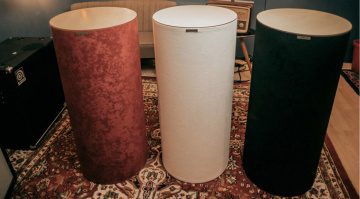
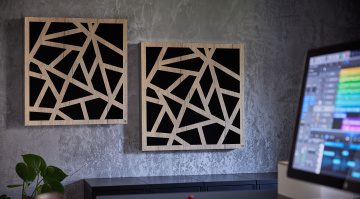

I have a professional grade quality studio and have some very specific pieces of audio frequency noise reduction methods pertaining to the cost efficient consumer in mind. One thing I have done is to hang up off the center of the console wall one marvel tshirt villain in a 90 degree angle and to repeat the same shirt on the exact opposite wall. This creates a sort of negative space for sound to dissipate. I have tried captain America t shirts also but they’re not as good for some reason. Another really cost effective option for bass reducer is to pack a hulk fist or two into the adjacent corners. They have a rbf grade of .69 and reduce all frequencies around 420.